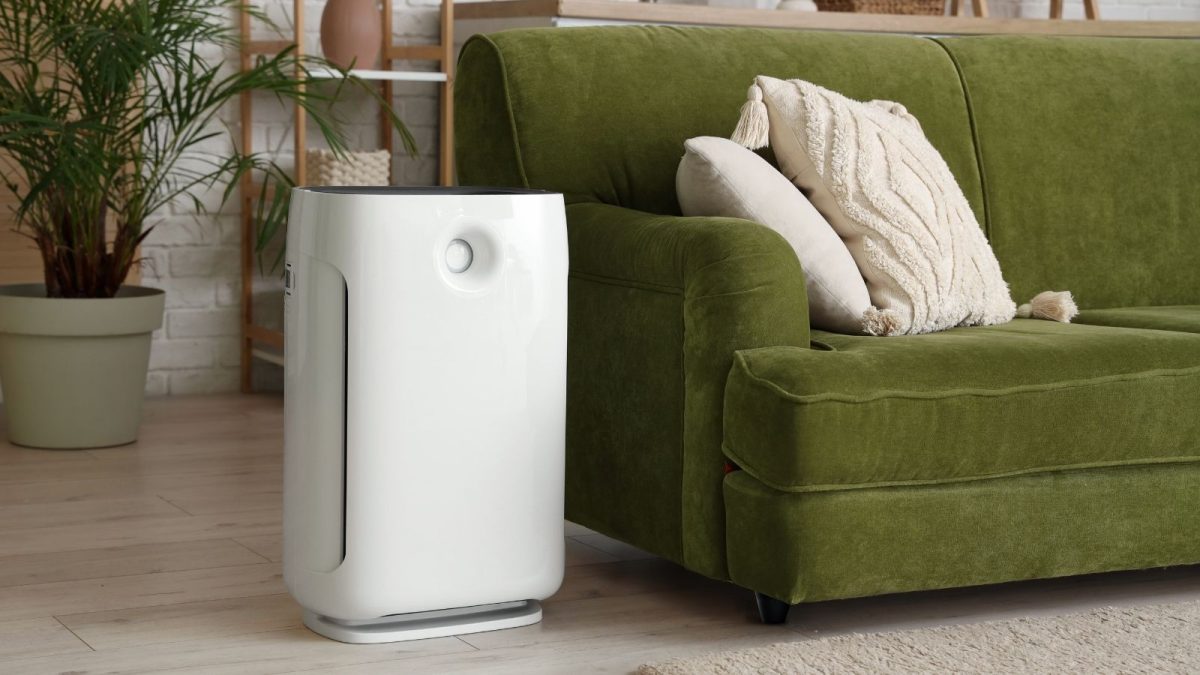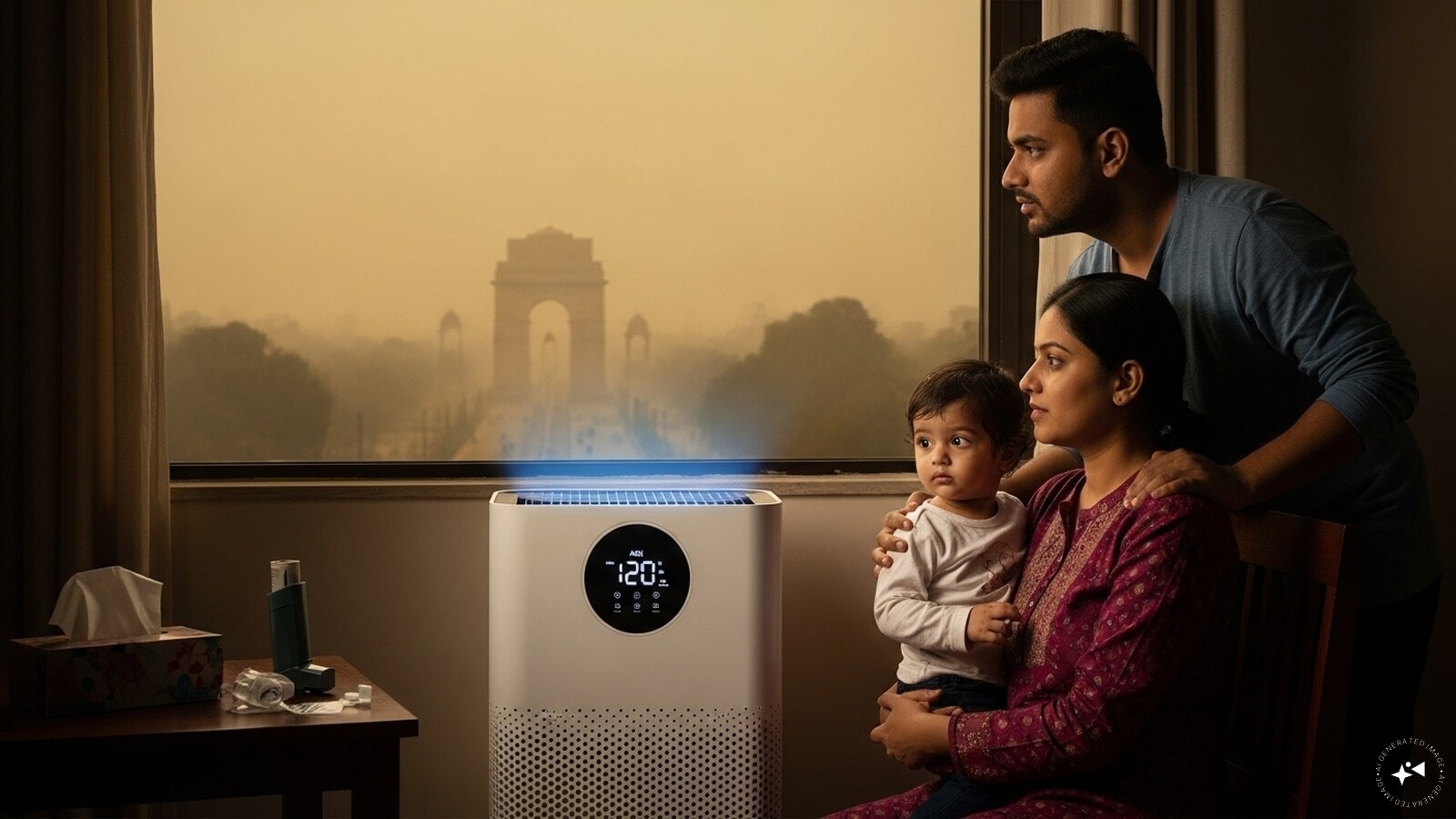
As the festive glow of Diwali fades, cities like Delhi often wake up to a thick blanket of smog and dangerously high AQI levels. With pollutants like PM2.5, PM10, and toxic gases lingering in the air, investing in a reliable air purifier becomes essential, especially for households with children, elderly members, or anyone with respiratory issues. (Image: AI-Generated)
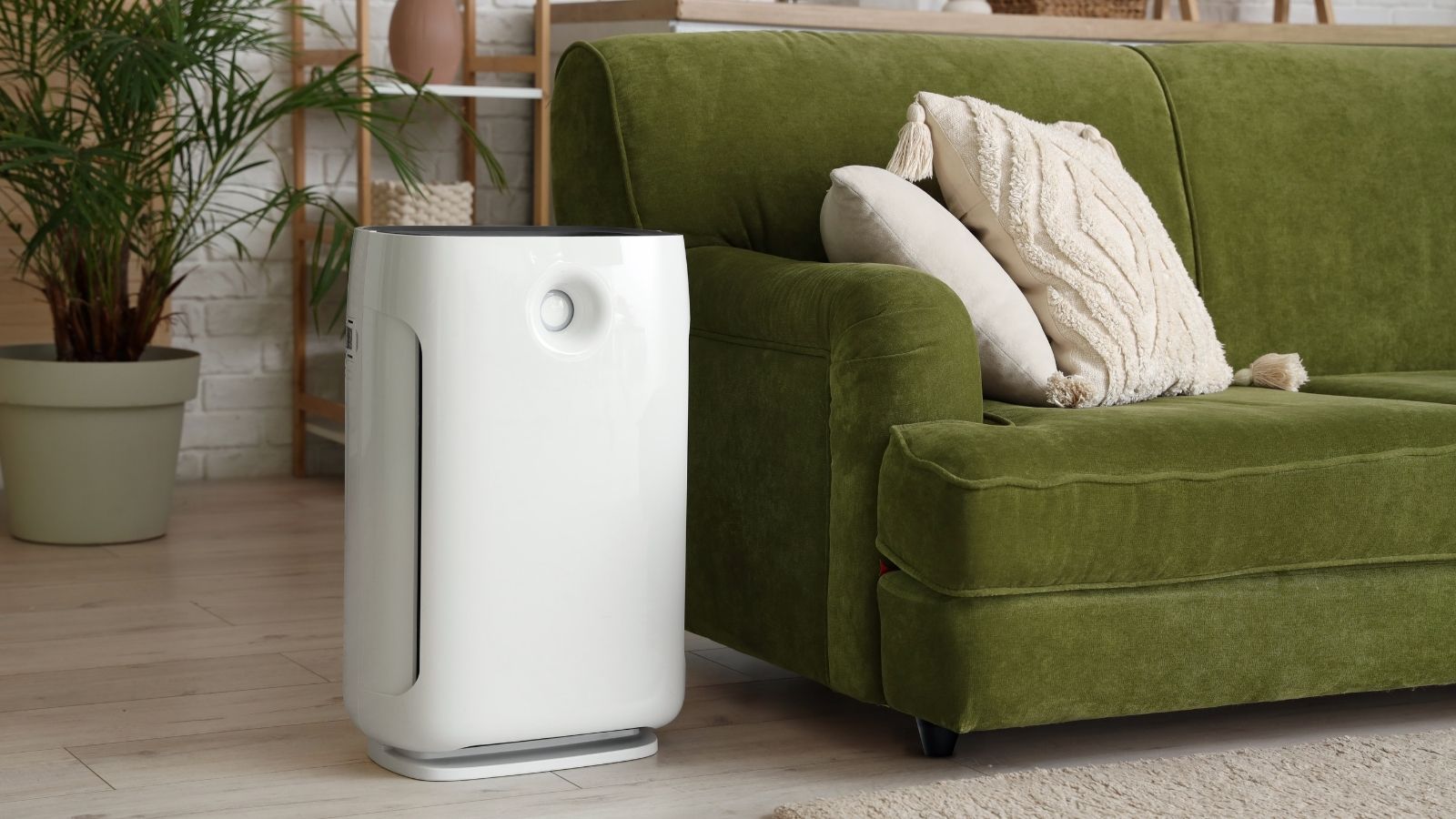
When buying an air purifier to combat post-Diwali pollution, prioritize these features. (Image: Canva)
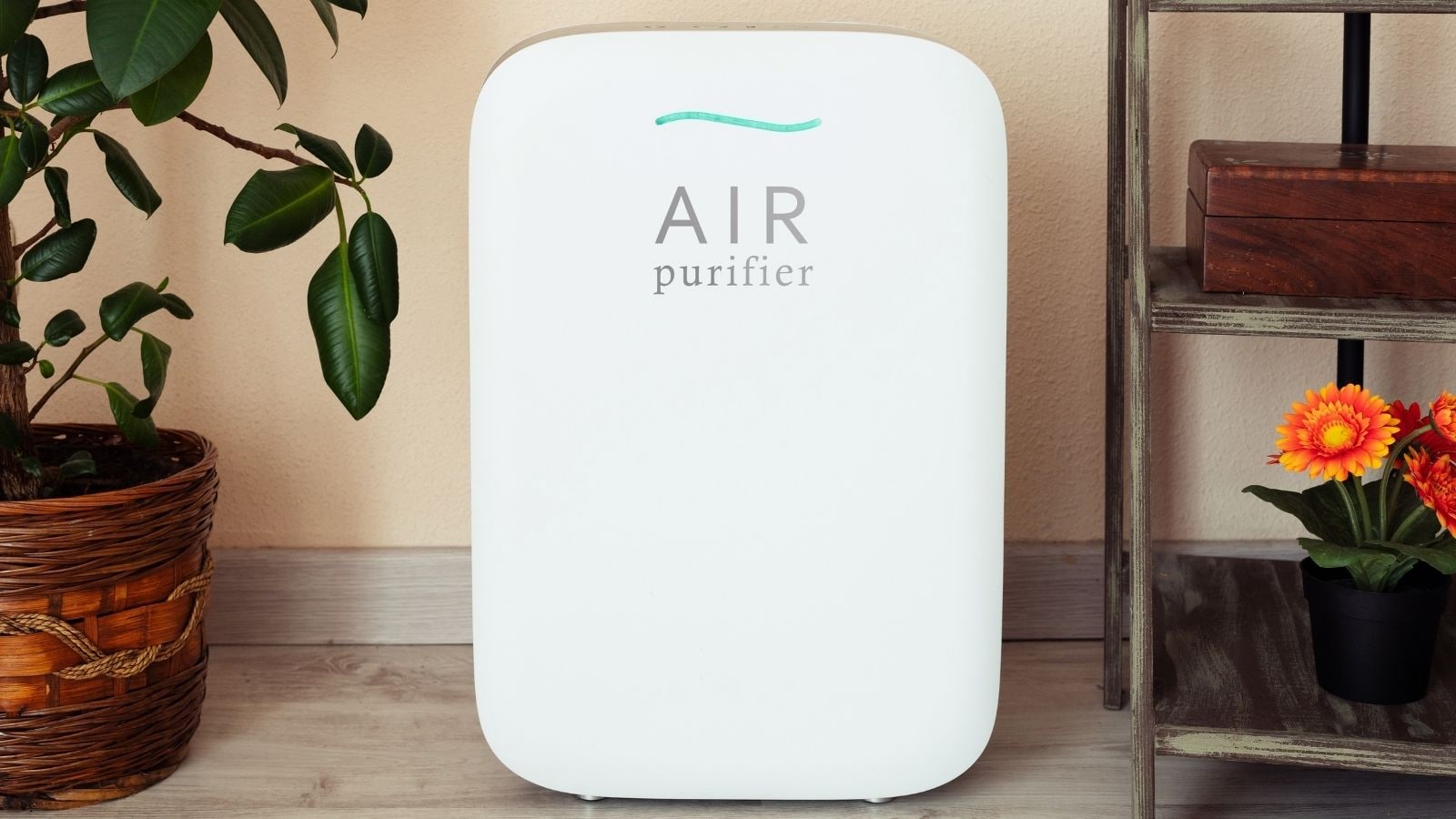
True HEPA Filter (H13 or H14): Captures 99.97% of particles as small as 0.3 microns, including PM2.5 and allergens. (Image: Canva)
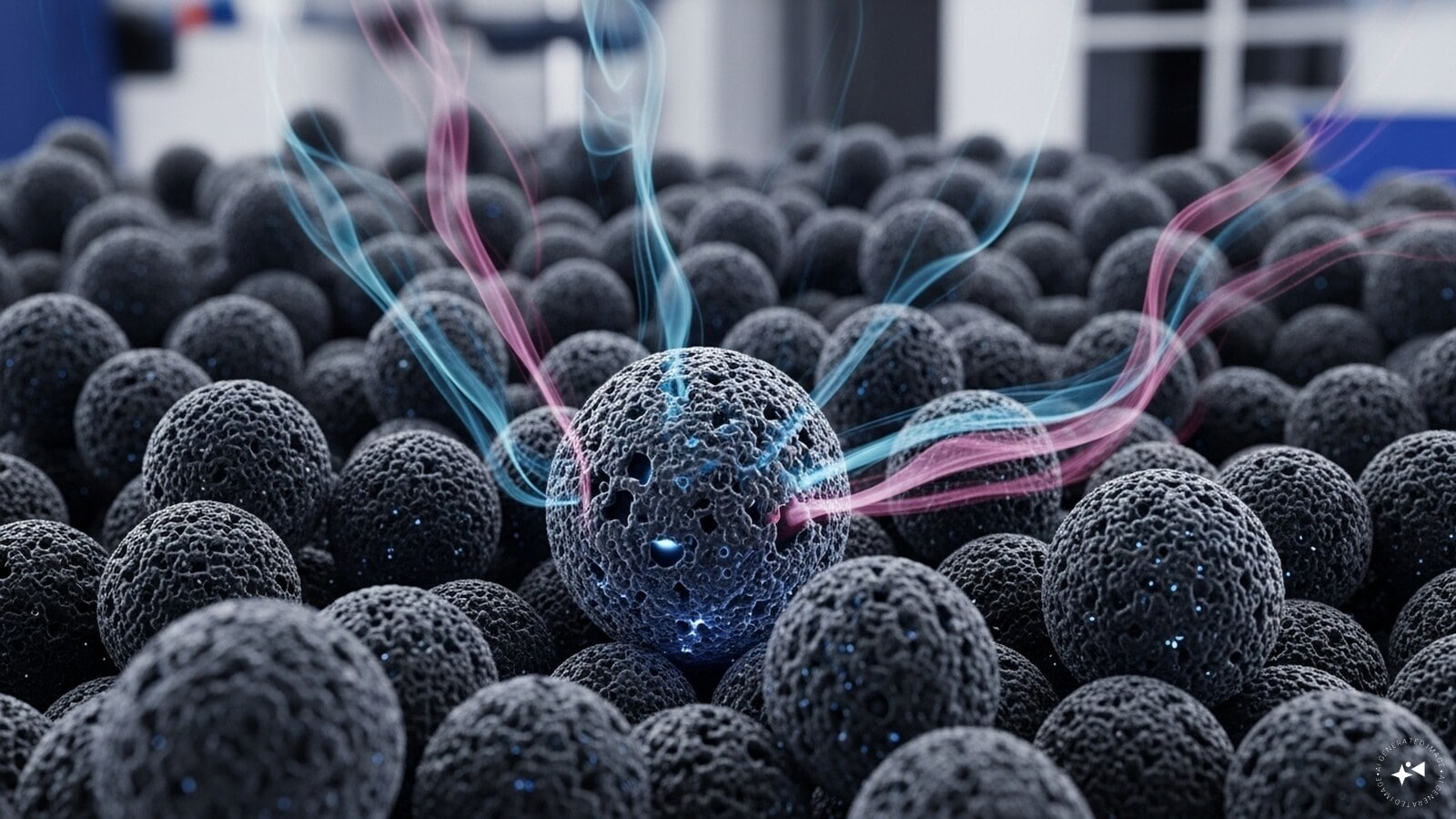
Activated Carbon Filter: Neutralizes harmful gases, odors, and volatile organic compounds (VOCs). (Image: AI-Generated)
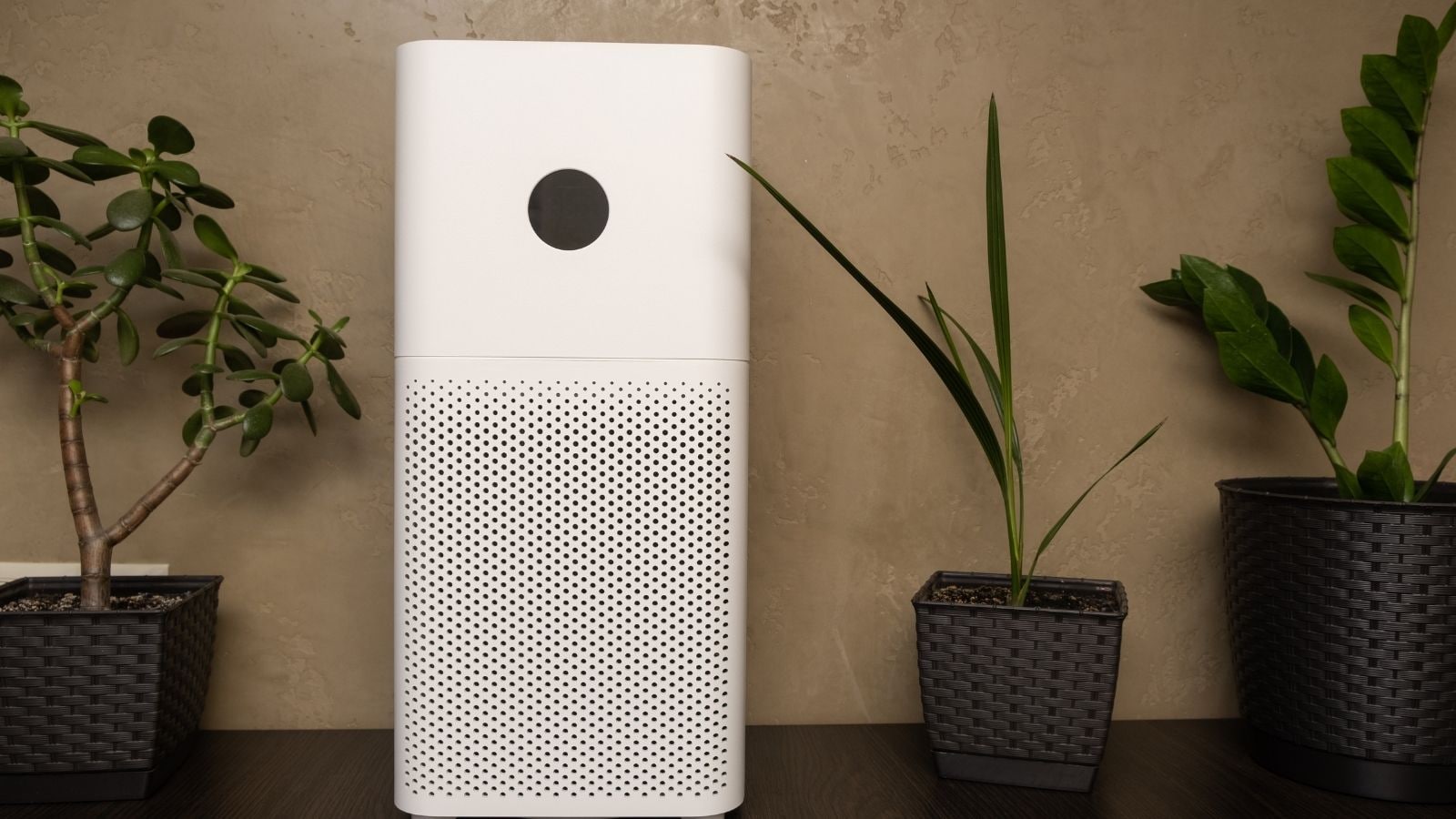
CADR (Clean Air Delivery Rate): Choose a purifier with a CADR suitable for your room size. For example, a 250-350 CADR is ideal for medium-sized rooms (250-400 sq. ft.). (Image: Image: Canva)
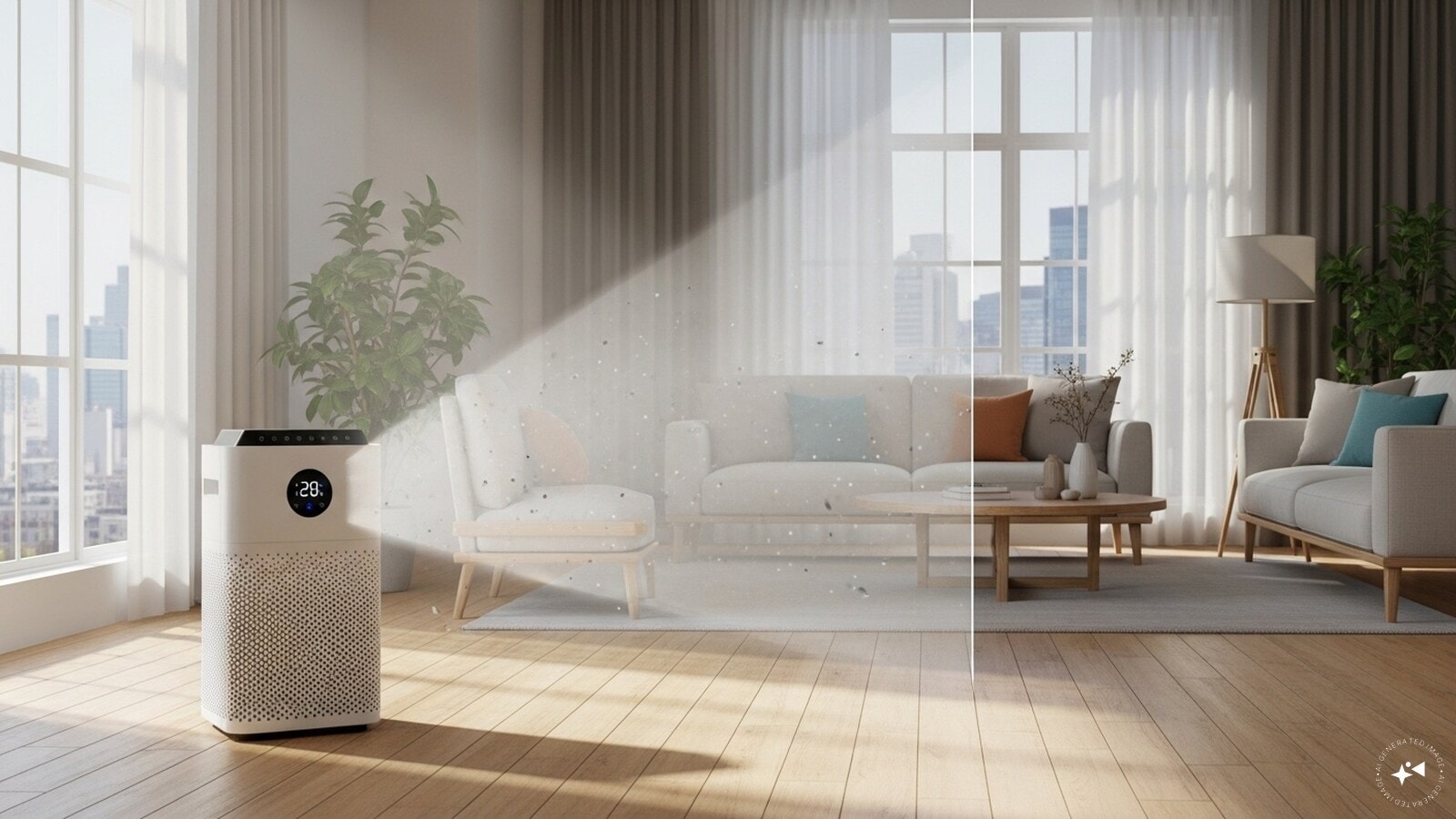
Coverage Area: Match the purifier’s capacity to your room dimensions. Oversized units are better than undersized ones in high-pollution zones. (Image: AI-Generated)
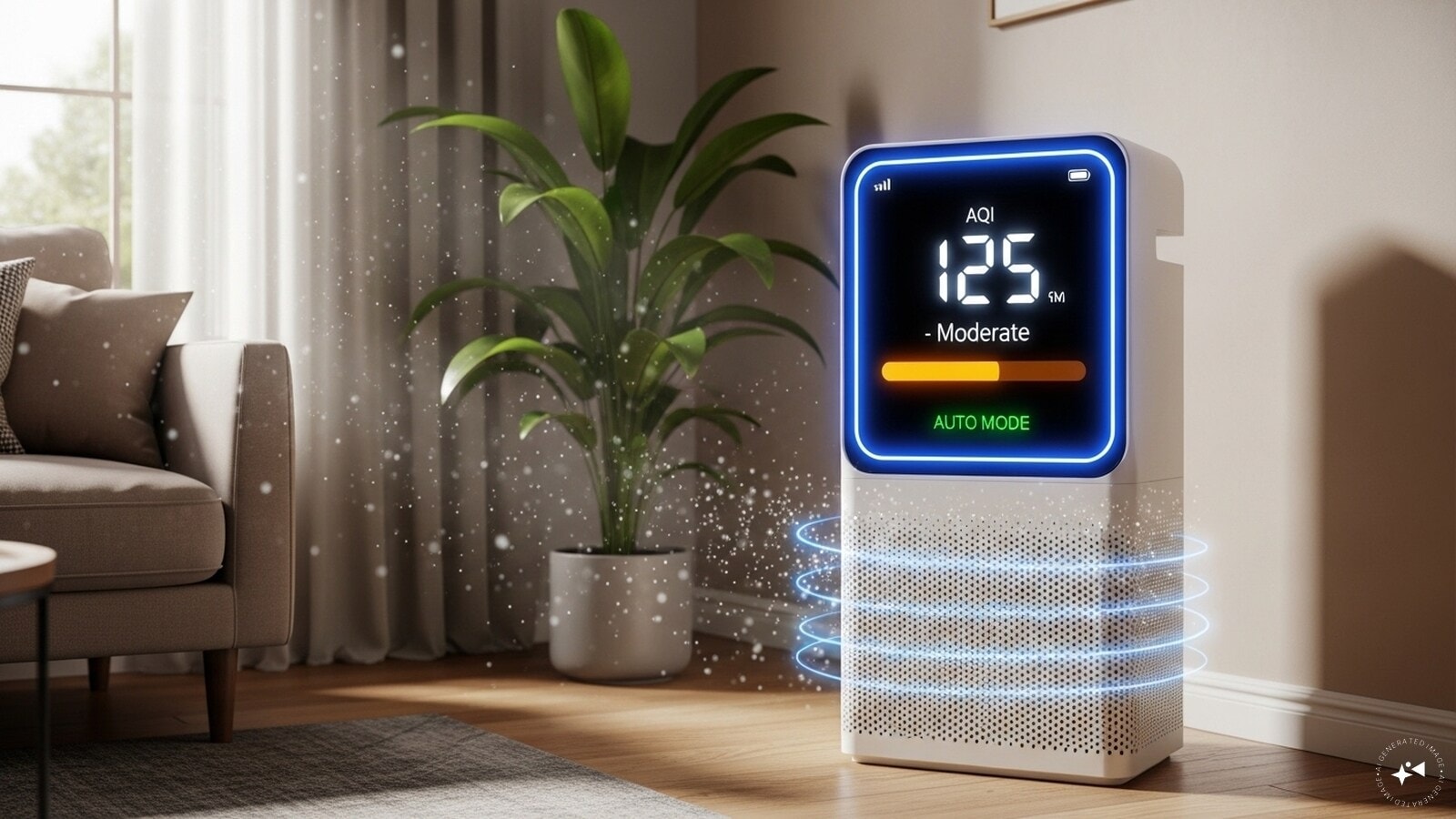
AQI Display & Auto Mode: Real-time air quality monitoring and automatic adjustment based on pollution levels. (Image: AI-Generated)
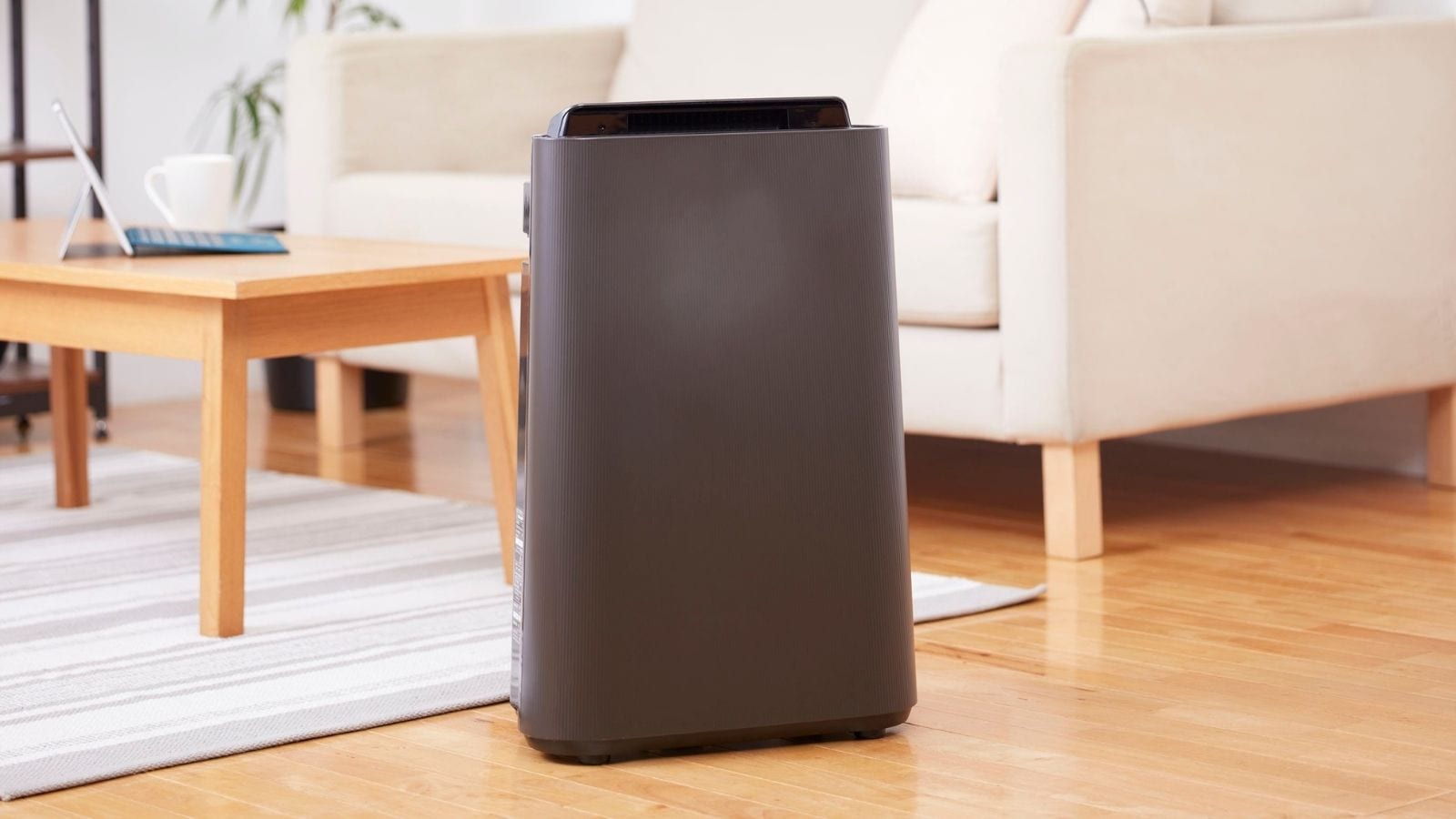
Noise Level: Look for models with quiet operation (below 50 dB) for bedrooms and study areas. (Image: Canva)
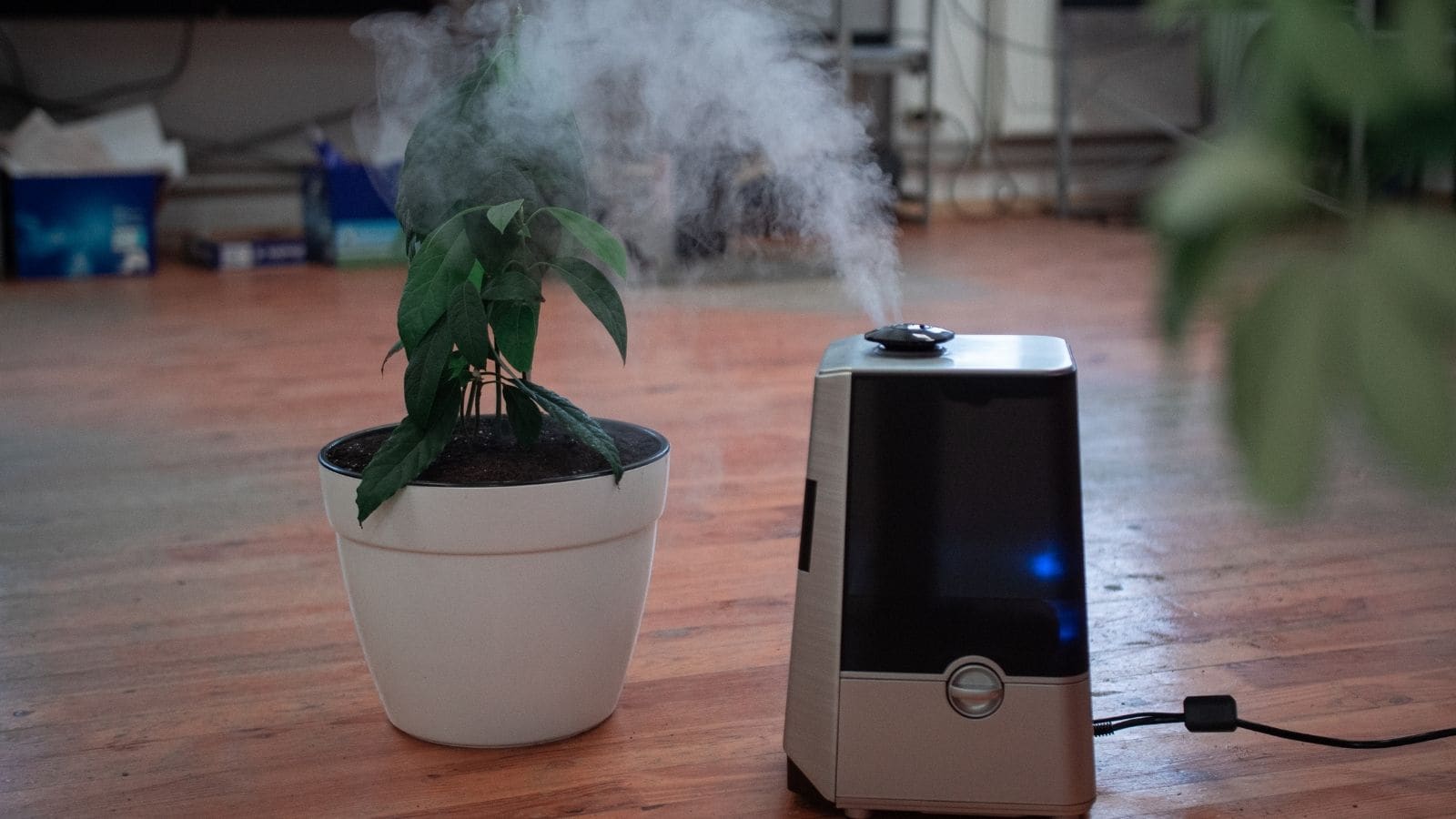
Smart Features: Wi-Fi connectivity, app control, and voice assistant compatibility add convenience. (Image: Canva)
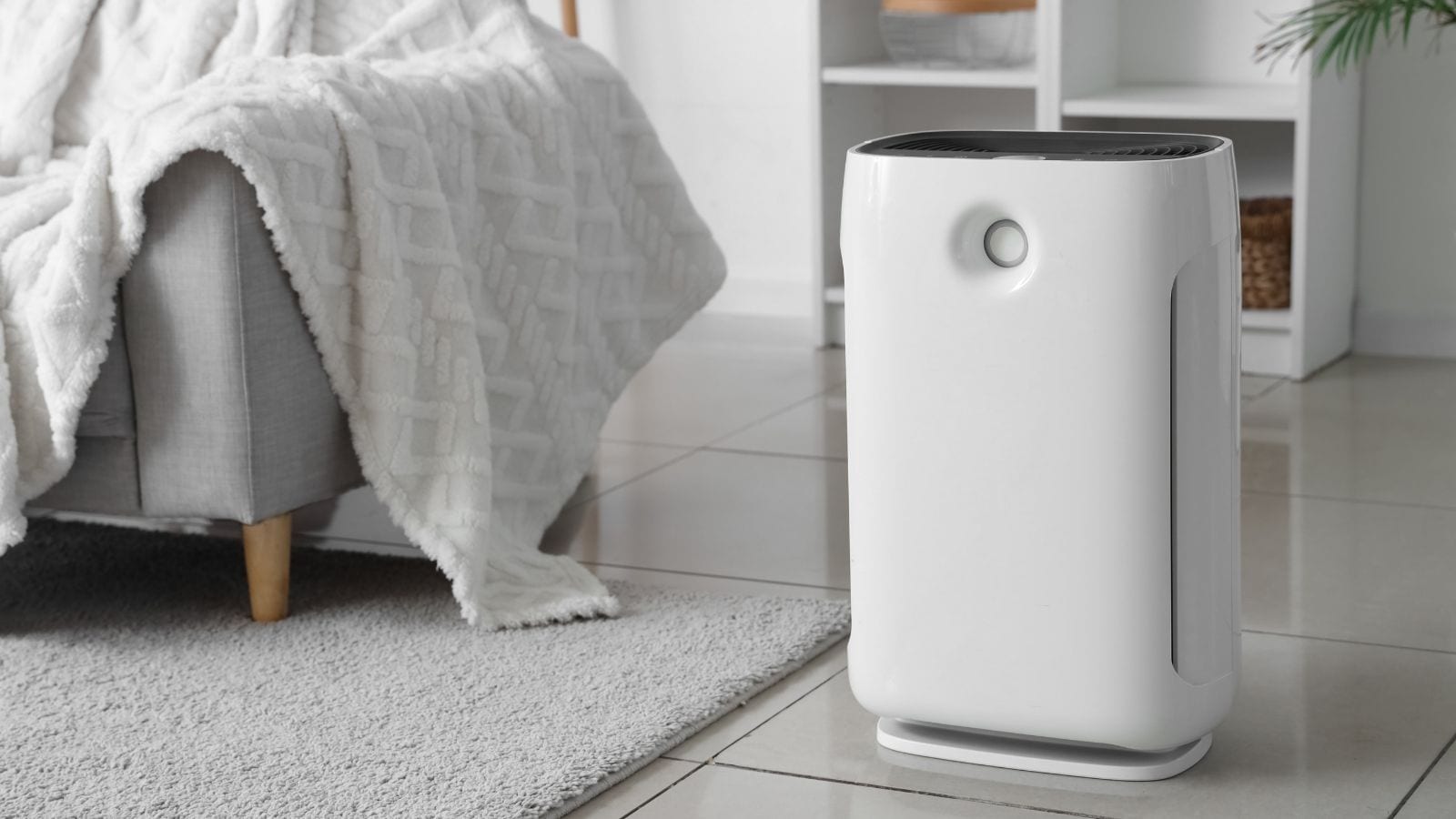
Pro Buying Tips: Avoid purifiers labeled “HEPA-like” or “HEPA-type”—they’re less effective. Check filter replacement costs; some brands have expensive or hard-to-find filters. Avoid ionizers and ozone generators, which can produce harmful byproducts. If your home has multiple floors or large open spaces, one purifier may not be enough. Brands with AHAM, ECARF, or BIS certifications offer tested performance. (Image: Canva)


